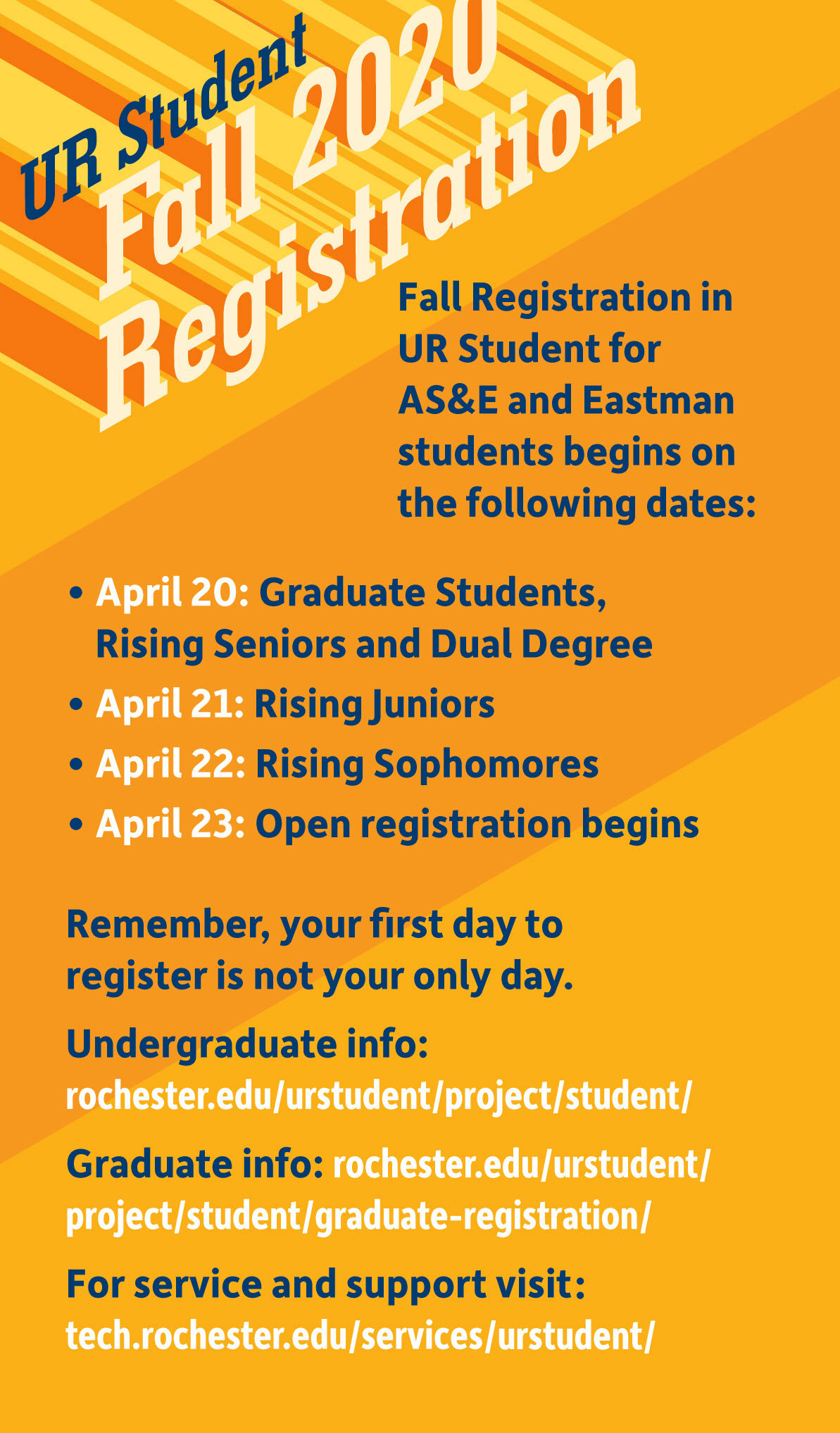

Not only did Elisa learn more about Lorde, but she is now reading Lorde’s “ Sister Outsider” essays for her independent reading time. In my lesson, one of my students, Elisa, focused her research project on the activist and writer Audre Lorde.
Planning instruction for student growth and achievement based on content-area knowledge, individual student performance data, linguistic strengths and needs, social-emotional and academic goals, diverse strengths, backgrounds, experiences, and the community context. A focus on helping students apply interdisciplinary knowledge and skills to identify and explore complex, authentic and relevant subject-matter issues and propose solutions. This lesson illustrates two of the new standards’ innovations: For example, in a recent lesson, my students researched leaders who pushed for action in their communities, thus simultaneously building their research skills and learning about new role models. They are set up to equip educators with the tools and language to implement culturally sustaining instruction in our classrooms, regardless of the content. One of the best things about the new teaching standards is that they’re actionable and can be used to actively build out new lessons. I couldn’t be more excited about this change. The standards are now awaiting commission approval. An advisory board met throughout 2020 to review the standards and shared a draft with the commission for feedback. The Commission on Teaching Credentials began the process of revising them for adoption in November 2019. Last updated in 2009, the teaching standards now need to be refined to reflect the needs of California’s 2022 classrooms. School leaders and teacher mentors also use the teaching standards as a guideline for coaching new and veteran teachers to refine and develop their practice. These teaching standards push us not to take baby steps but leap into action when it comes to equity and instructional practices that better support our students in today’s classrooms. They help California’s educators like me with a scaffold of guidelines for our development as we progress through our professional responsibilities, growing from teacher candidates into seasoned professionals. The teaching standards are intended to provide a common language for new to veteran teachers’ professional responsibilities and roles in effective teaching. This is where the California Standards for the Teaching Profession, or CSTP, come into play. For Gabriel, it is considering his future as a doctor.įor me as their teacher - and, I believe, for other educators as well - the standards help me to practice the kind of teaching where I take my students’ experiences and learning strengths and turn them into assets within the classroom learning environment. For Joseph, it is reading more about Black leaders and what it means to learn from their community members. For Elisa, it is about being Latino and queer. This is why, in my lessons with my 10th graders last semester, I focused on teaching self-determination and advocacy.įor every one of my students, these concepts mean something different. In our post-pandemic and post-George Floyd world, I want my students to feel empowered and have agency. Eyes on the Early Years Newsletter Archive. Local Control Funding Formula Explained. California’s Homeless Students: Undercounted, Underfunded And Growing. Full Circle: California Schools Work To Transform Discipline. Tainted Taps: Lead puts California Students at Risk. Education during Covid: California families struggle to learn. College And Covid: Freshman Year Disrupted. California’s Community Colleges: At a Crossroads. Adjuncts’ gig economy at CA community colleges.






